
Propeller Acoustics
As drones become increasingly integrated into commercial and urban environments, their acoustic signatures has emerged as a barrier to public acceptance and regulatory approval. Propeller noise, often tonal and high-p...

As drones become increasingly integrated into commercial and urban environments, their acoustic signatures has emerged as a barrier to public acceptance and regulatory approval. Propeller noise, often tonal and high-p...

Shader art generated from modified shader code originally written by CodeParade in his video. My modifications, which include adding a double pendulum (time to flip) fractal, can be seen on github here.
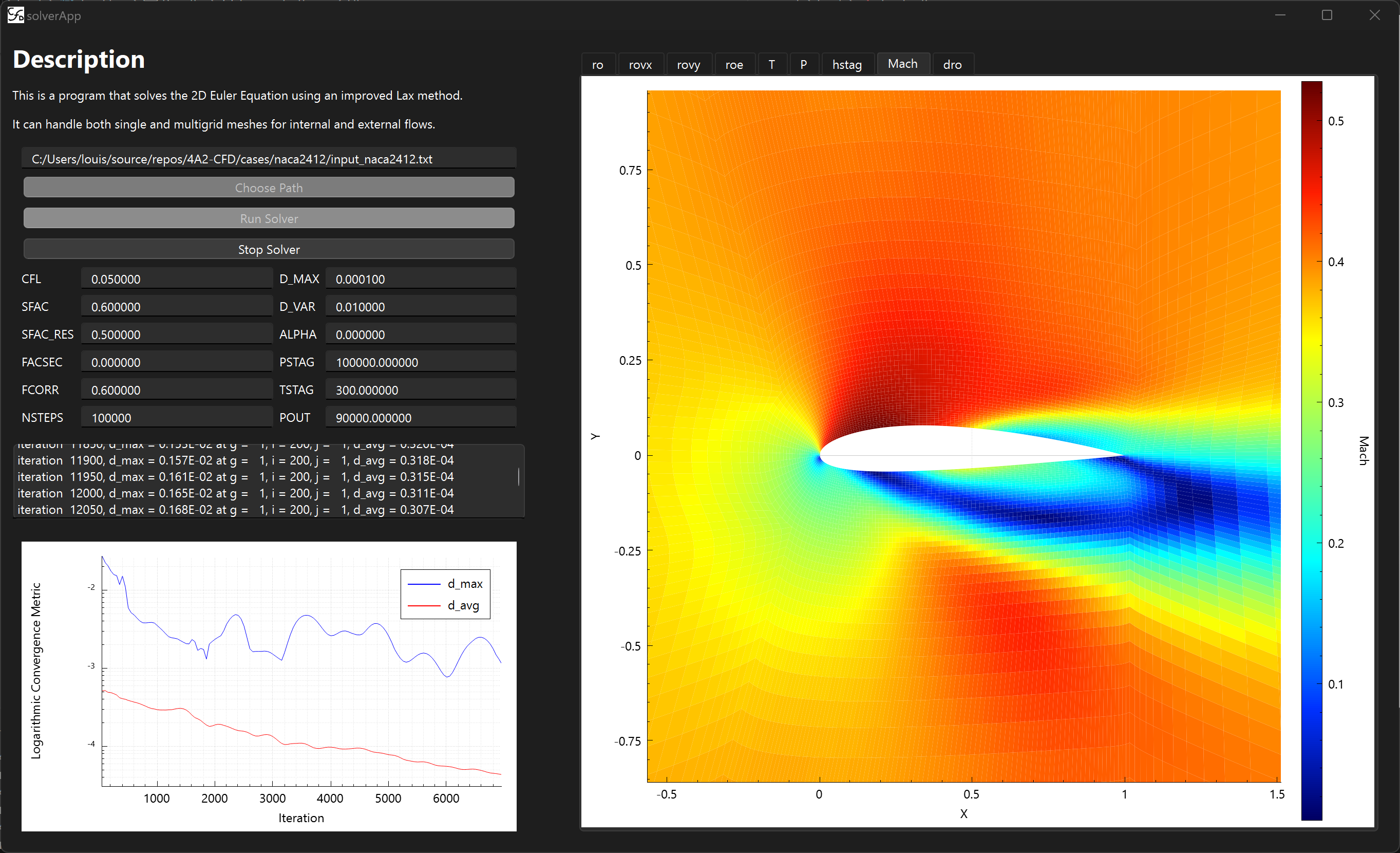
CFD is a powerful tool for solving fluid flow problems. This can be done much faster and at lower cost than experimental methods. This makes it a valuable tool to be used alongside experimental validation

Self funded trip for willing LCC Engineering Society members to the ITER (International Thermonuclear Experimental Reactor) in Saint-Paul-lès-Durance, France.
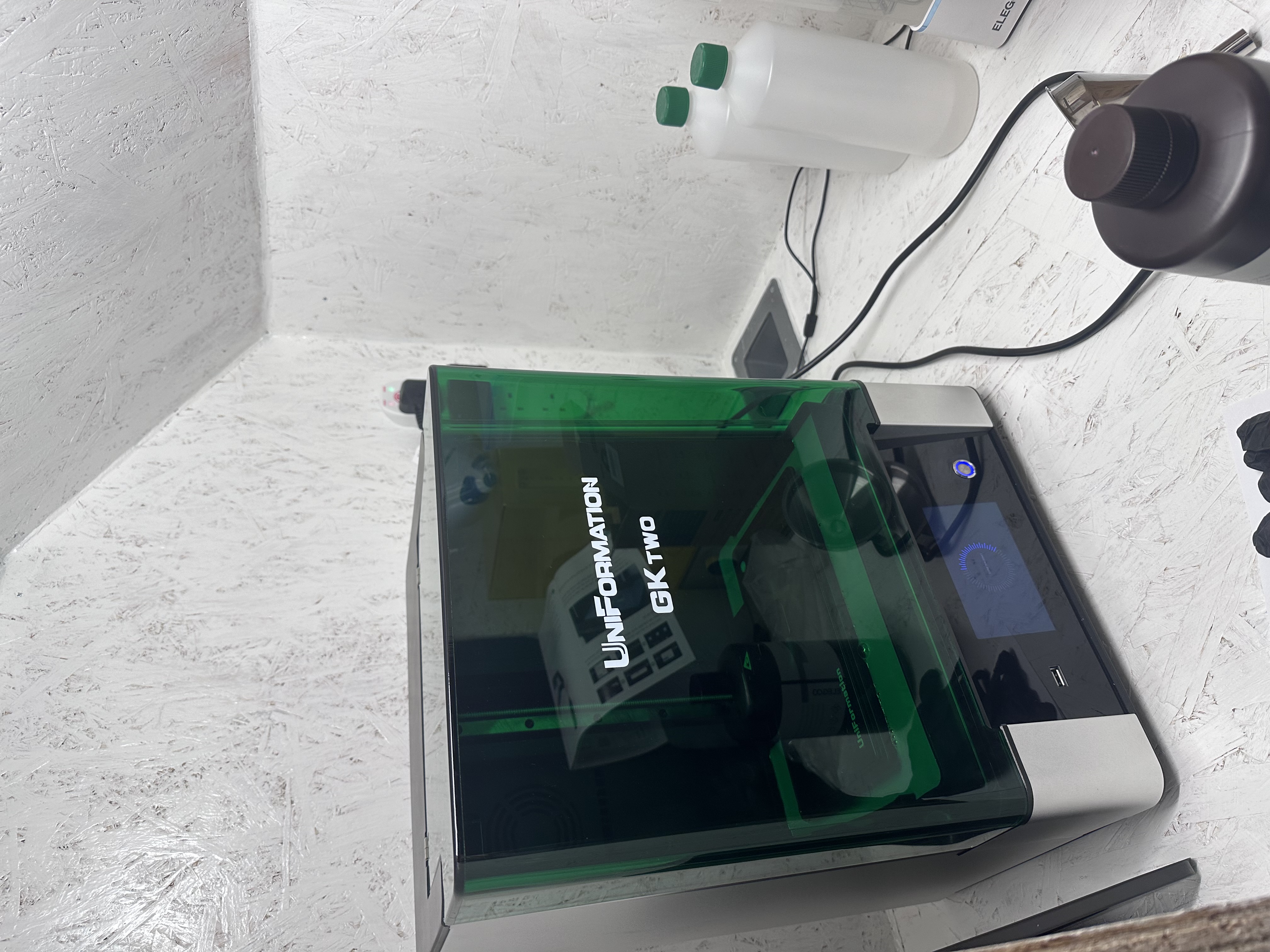
I’ve invested in a good resin printer for higher quality parts and moulds for future aerodynamic testing. I had help to design and build a safe ventilated cupboard to use the printer in our attic.
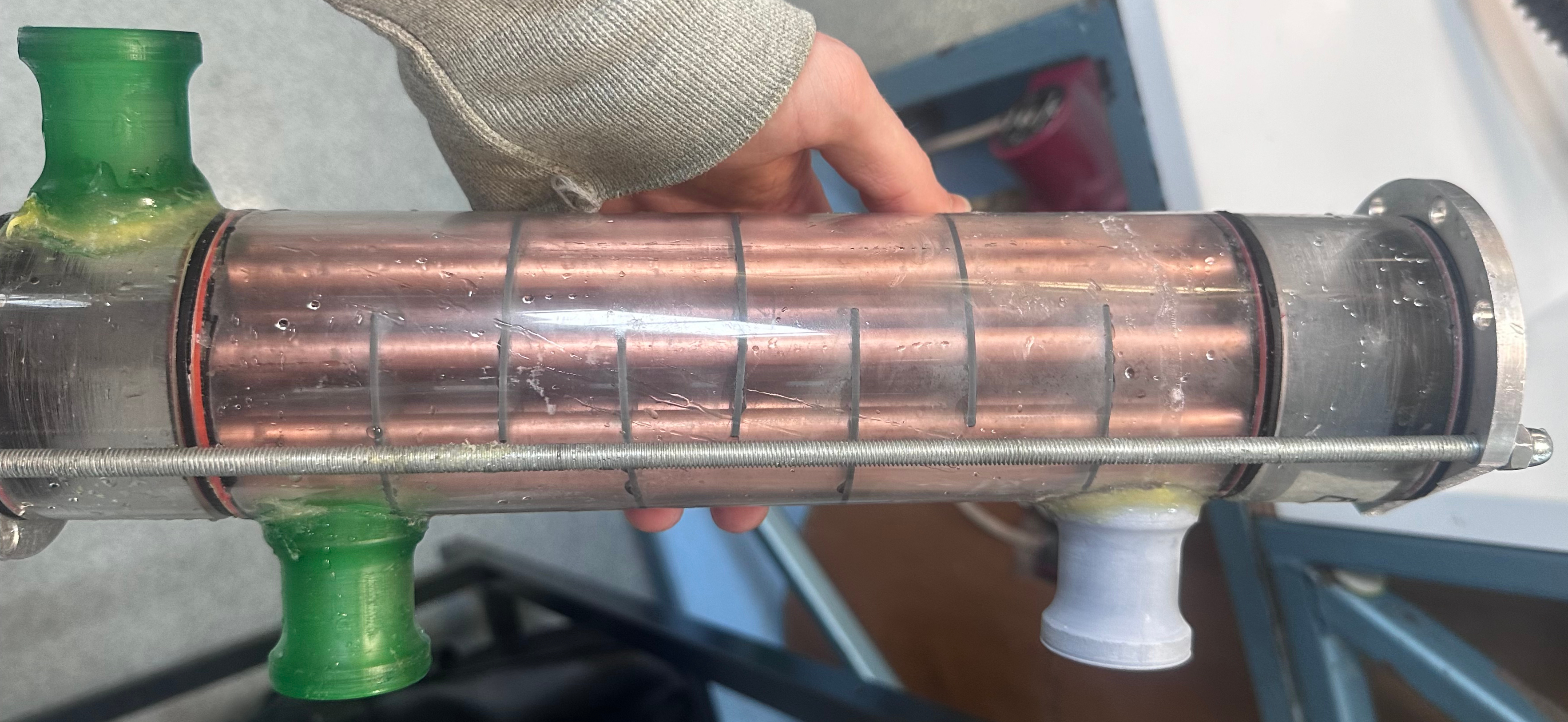
This page is an overview of my project report.
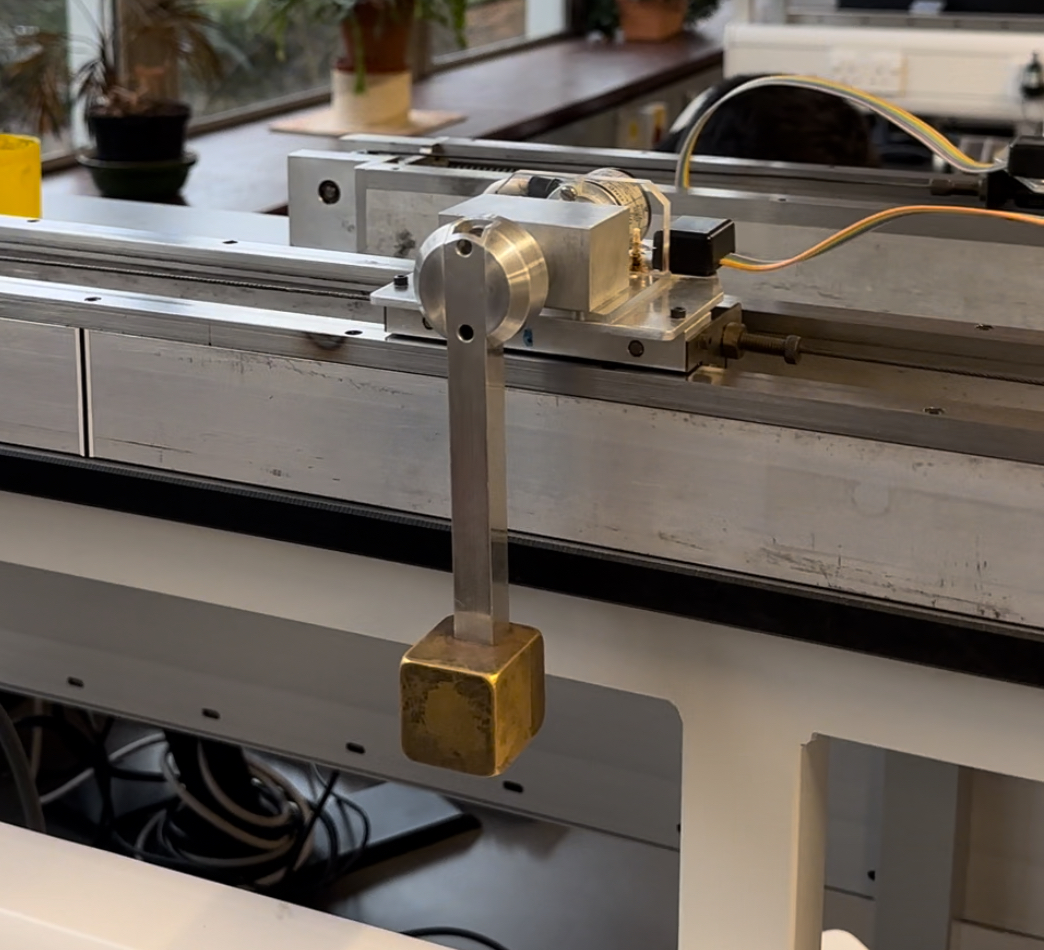
State space dynamic models and feedback control techniques applied to an inverted pendulum system, demonstrating pole placement, LQR control, and analysis of nonlinear effects.
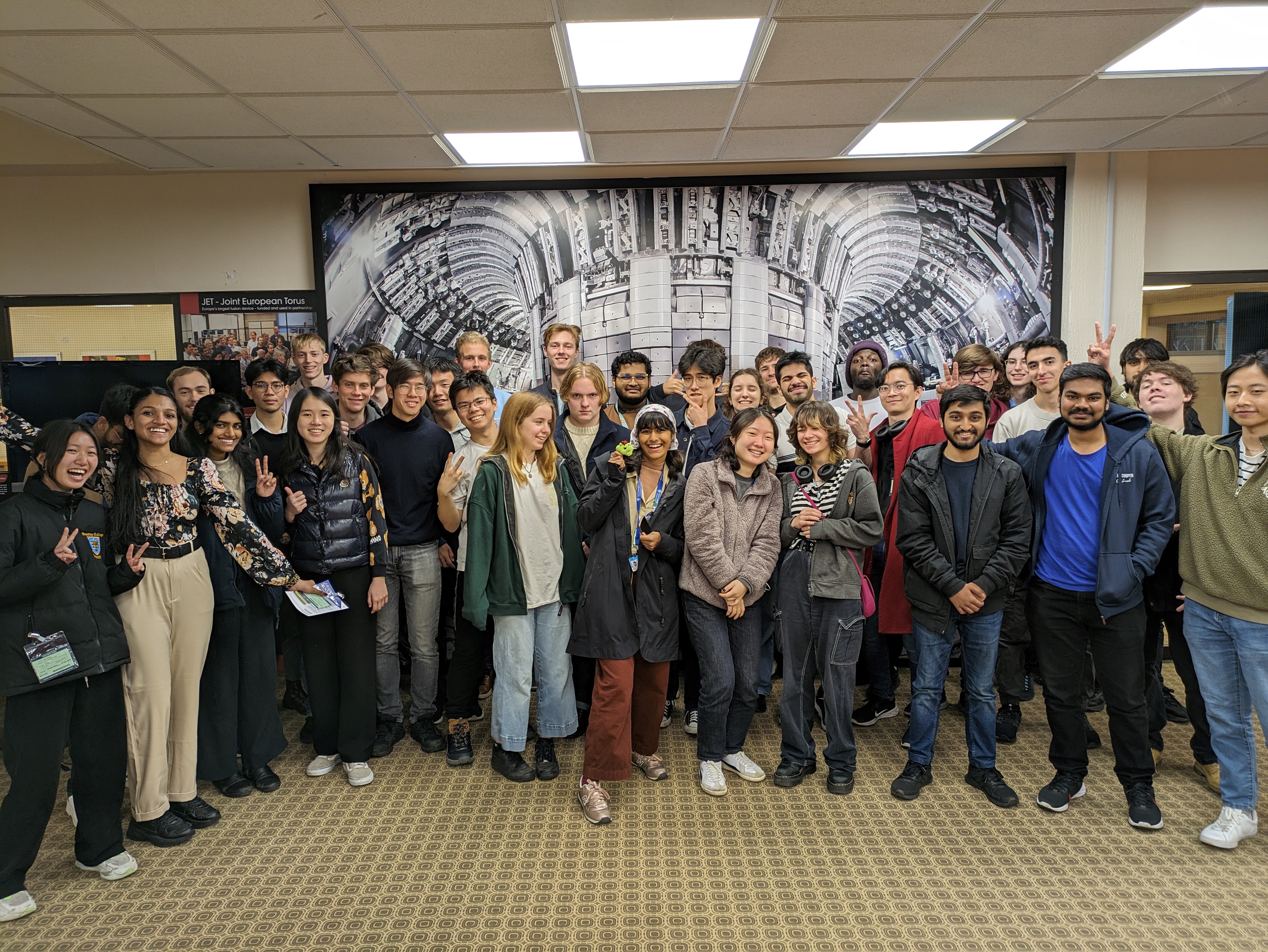
Lucy Cavenish College Engineering Society organised trip to JET (Joint European Torus) in Culham, Oxfordshire. A total of 37 students attended, with some from Downing and Emmanuel Colleges Engineering Societies.
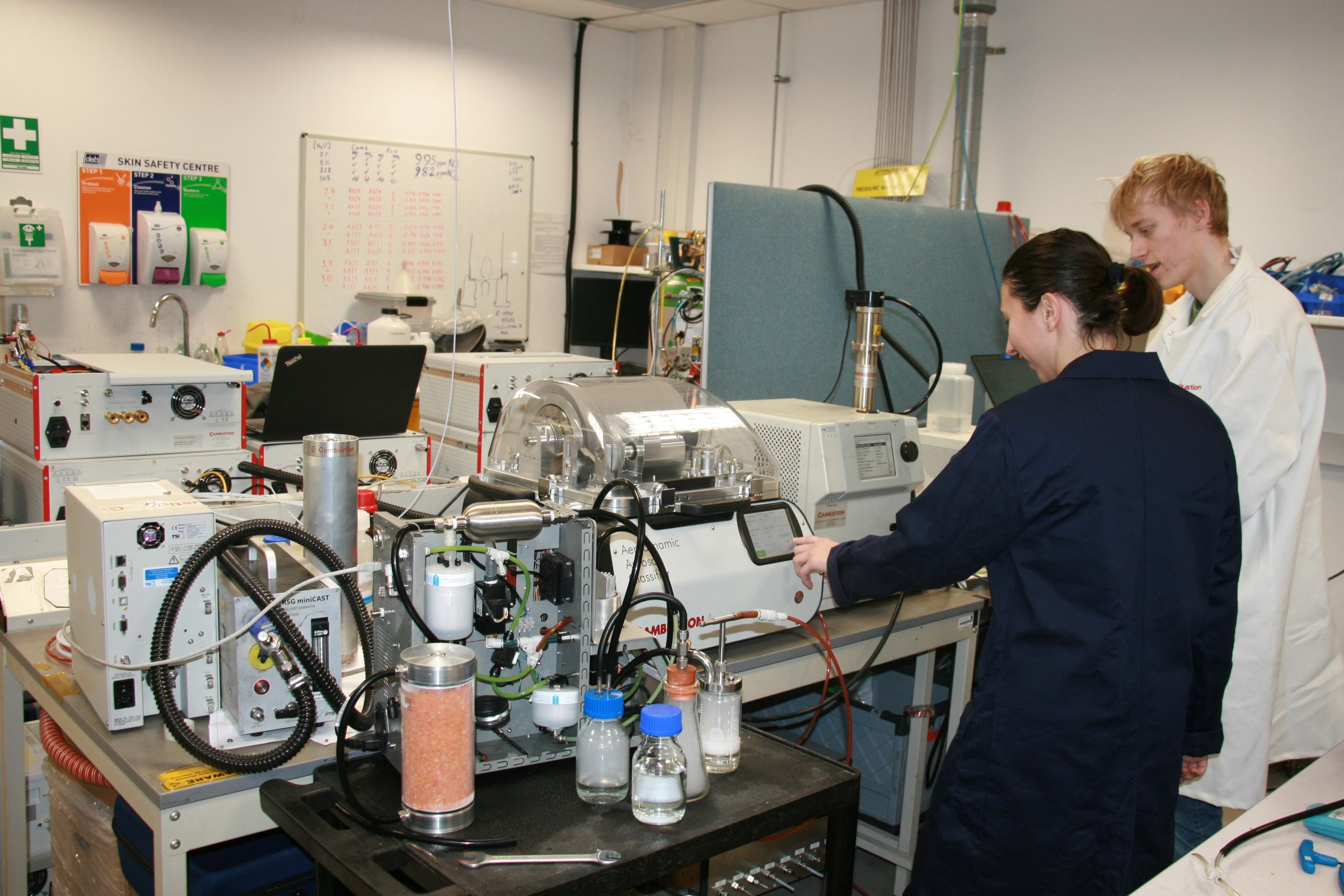
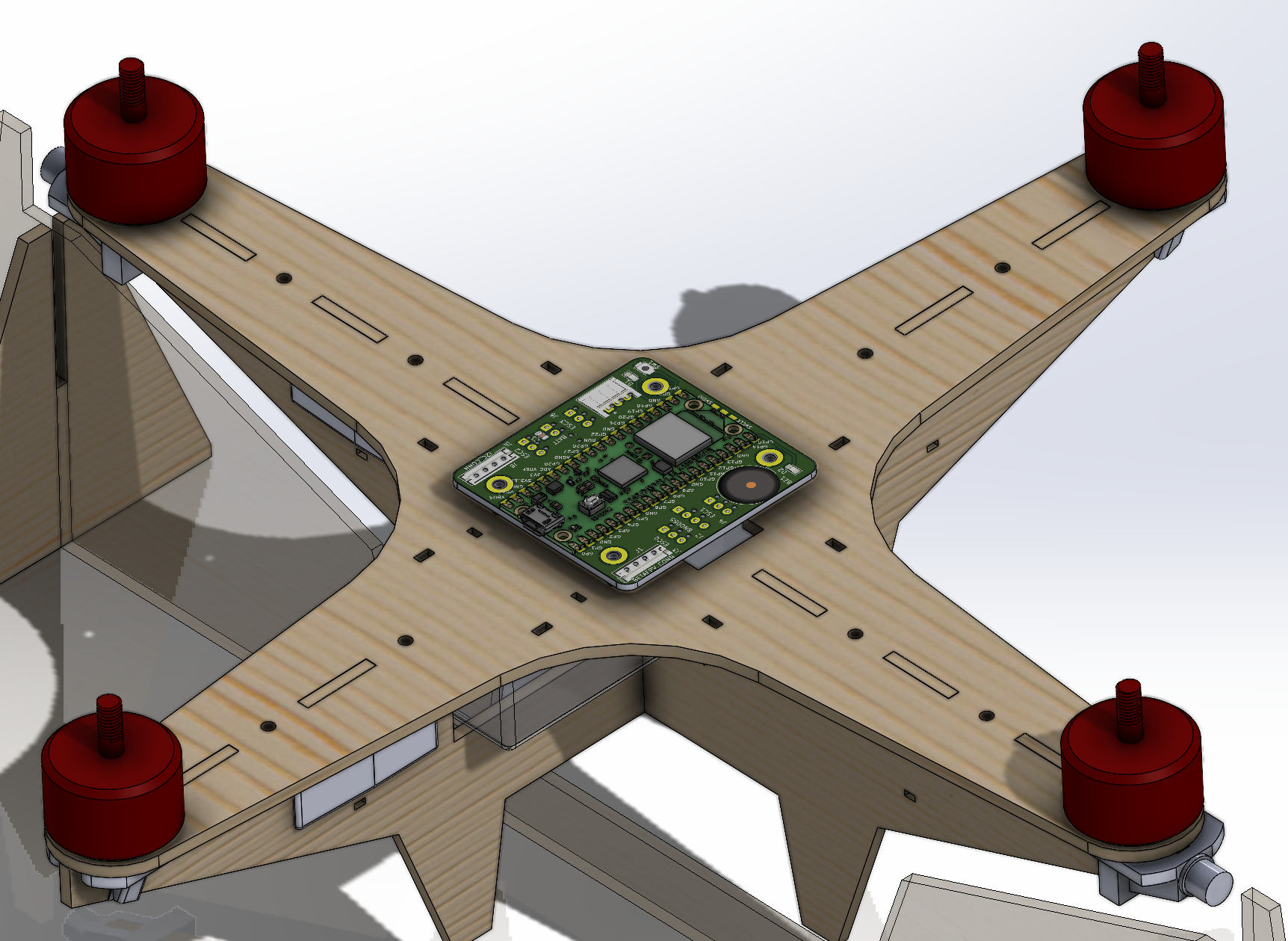
From funding recieved from Cambridge University Engineering Society (CUED) I designed and built a drone to learn more about state estimation and control theory.
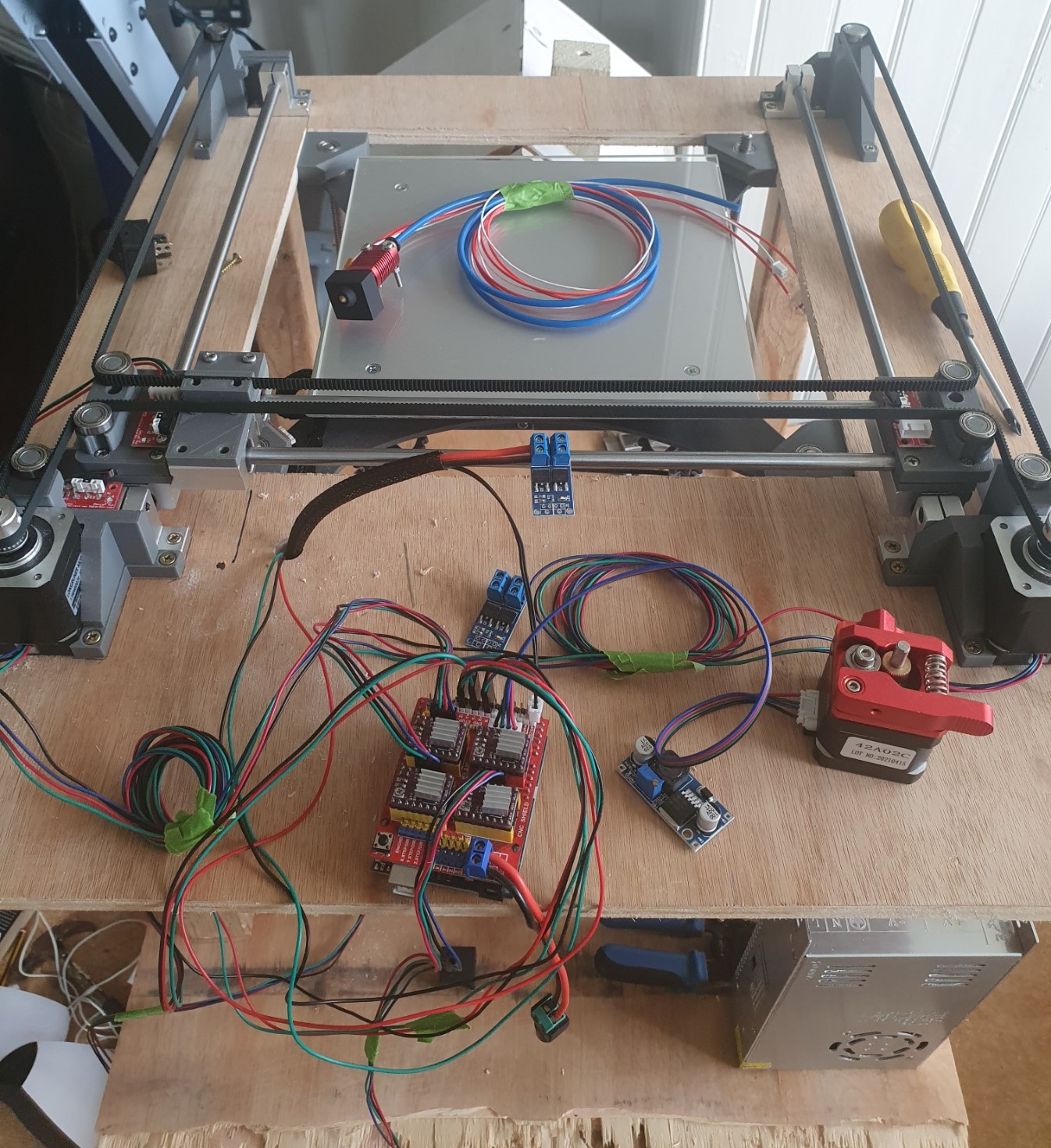
Work in progress 3D Printer made from original drawing machine
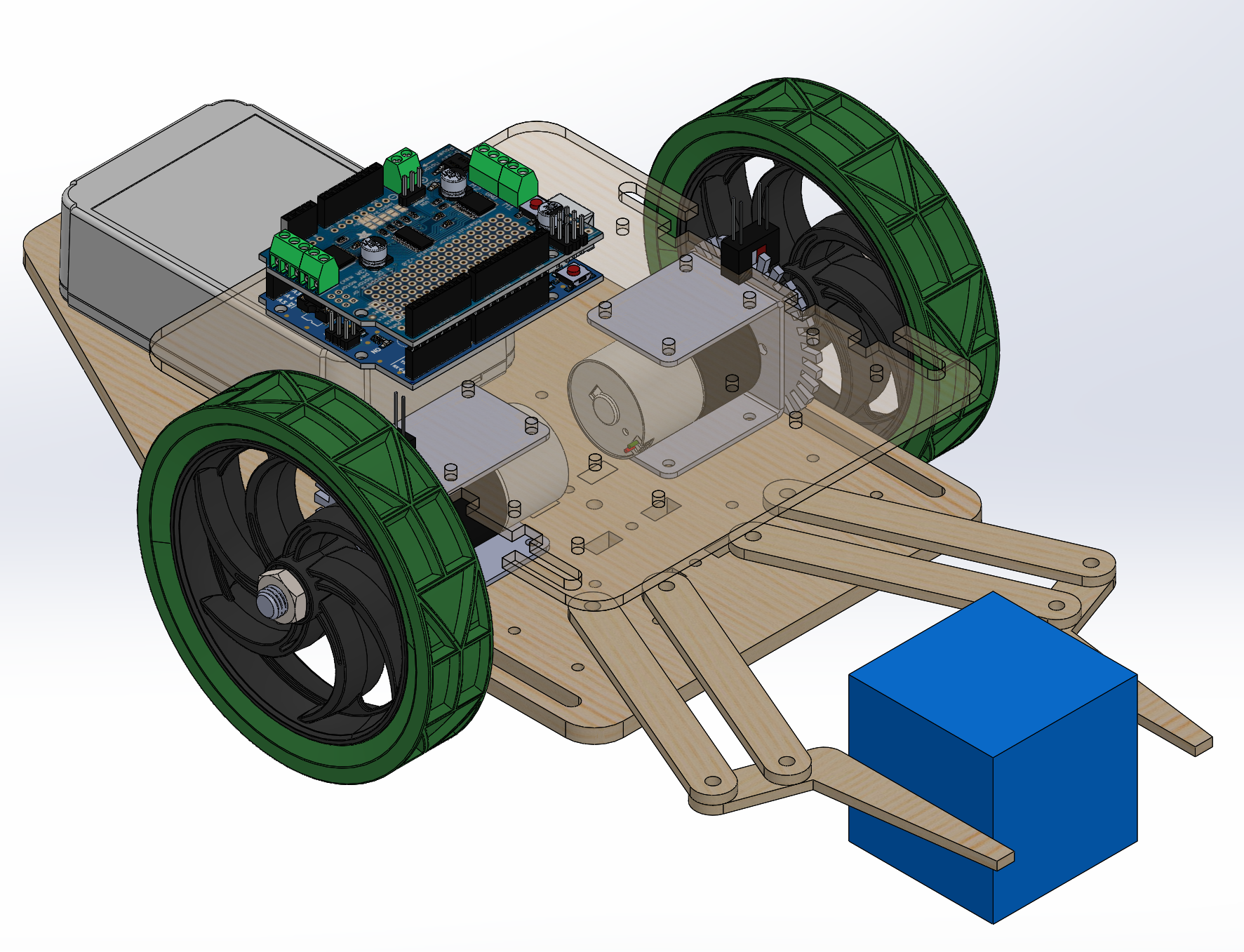
Project manager in a team of 6 tasked with building a robot to navigate an arena to find, classify and deliver blocks of different density.
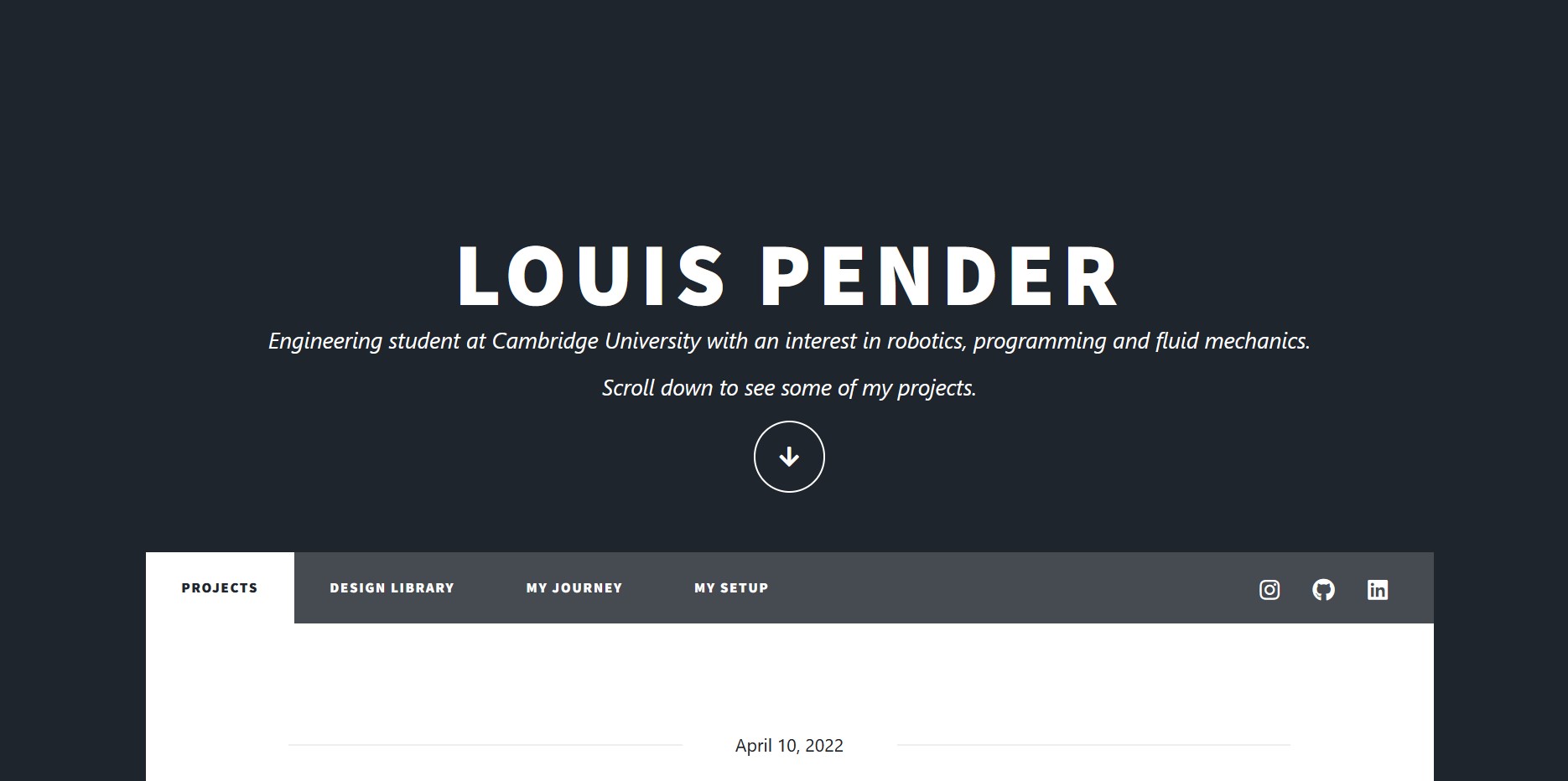
This was my site showcasing my projects and design work in a portfolio. Static website based from a template by HTML5 UP Design library image gallary by Cynthia Costa LaTeXMathML used to display equations by Dr. Peter...
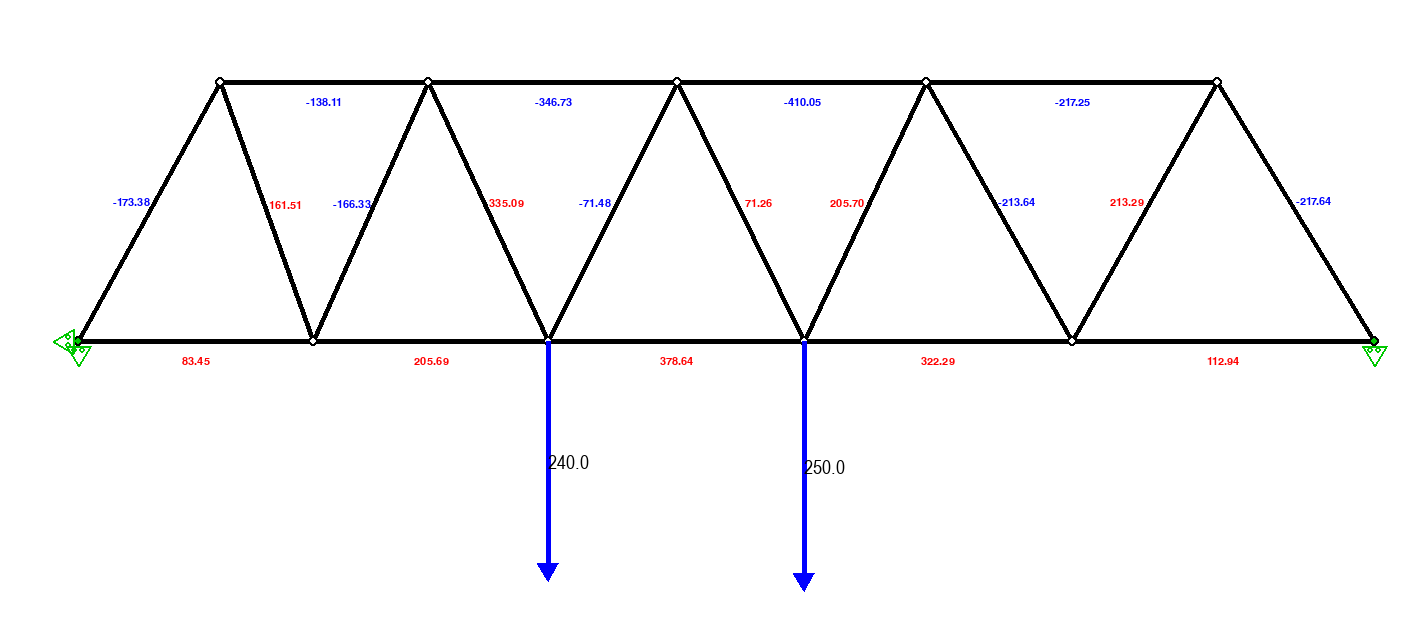
A pin-jointed truss solver thats quick and easy to use. This project was started in 2022 to save time doing structures in parts 1A and 1B of the cambridge engineering course. However, its only recently been updated en...
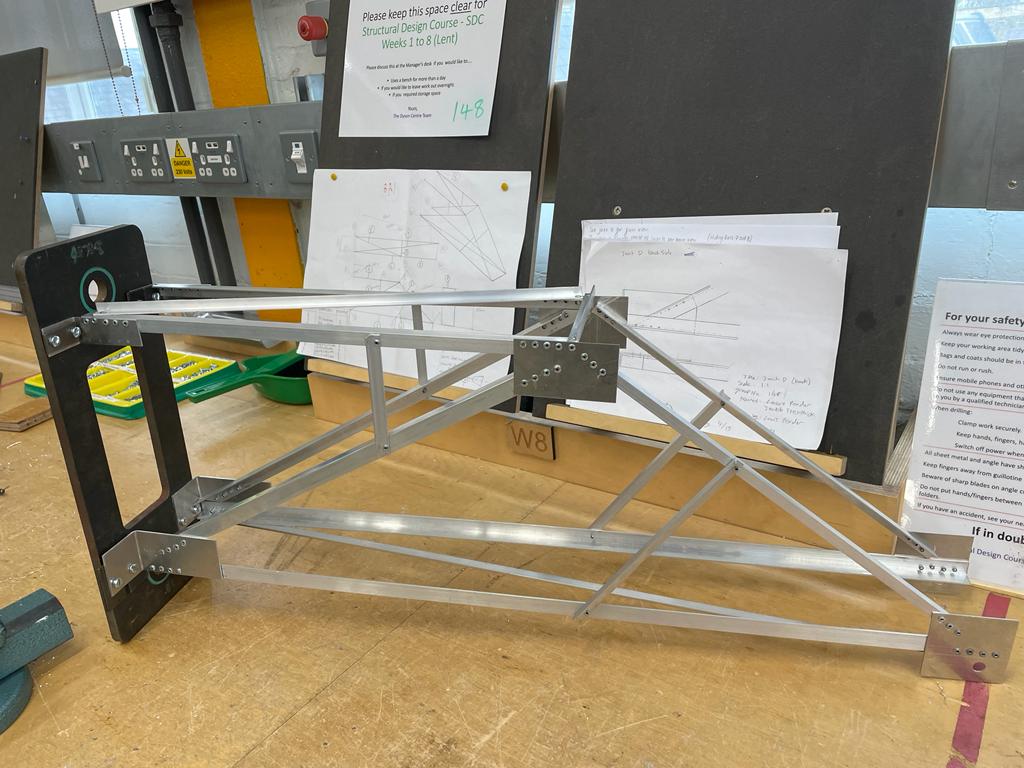
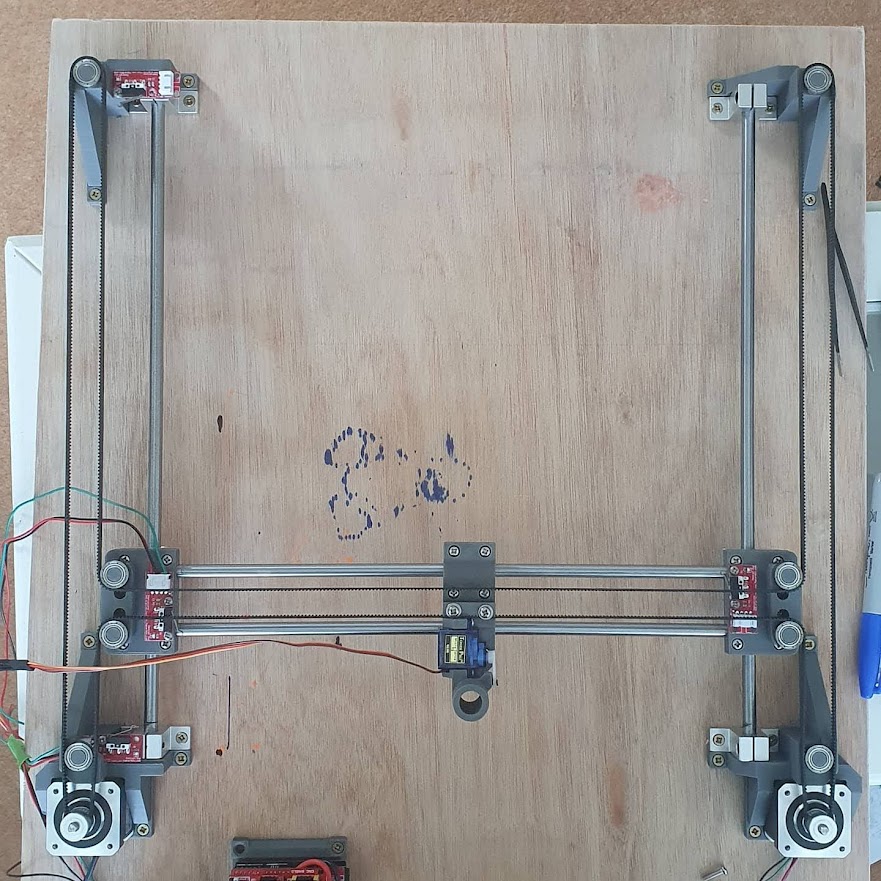
Drawing machine, powered by Arduino and a CNC shield v3.0 powering 2 Nema 17 stepper motors.
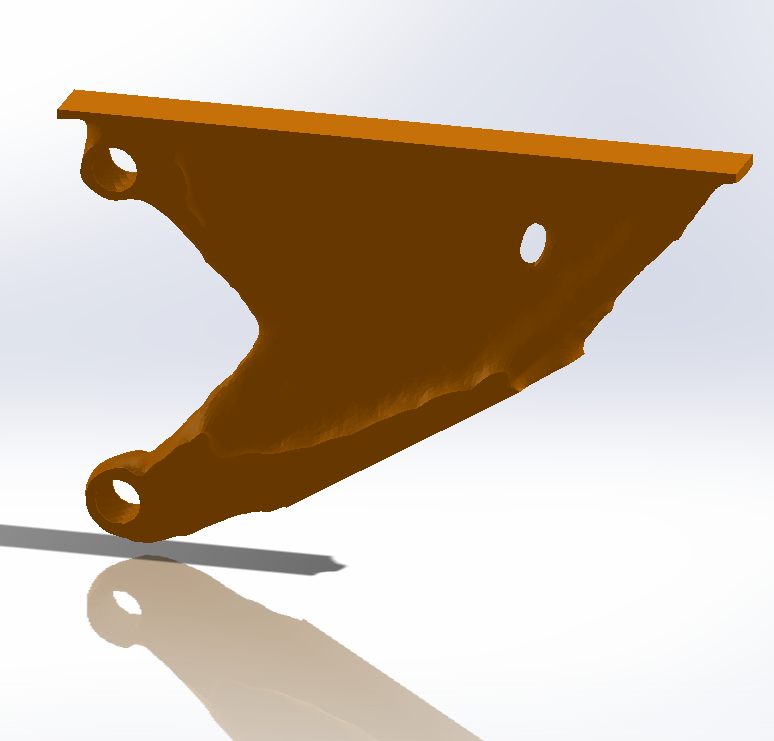
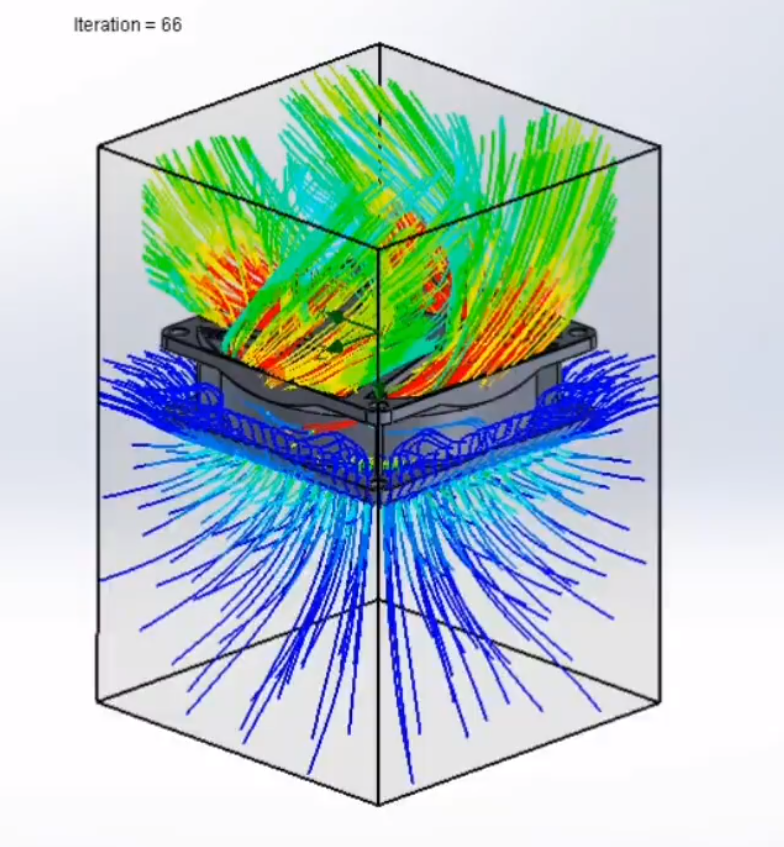
Air flow caused by spinning fan

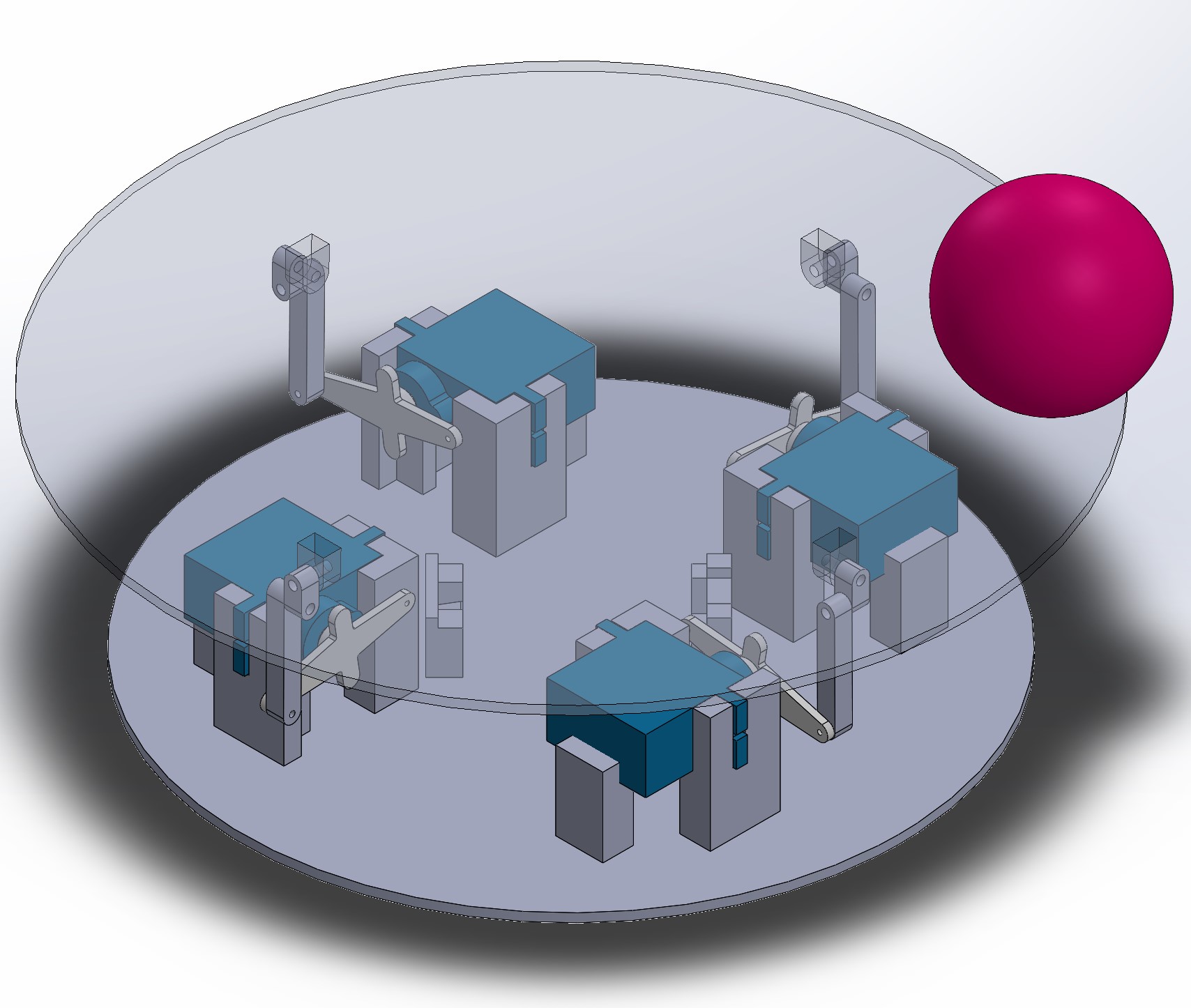
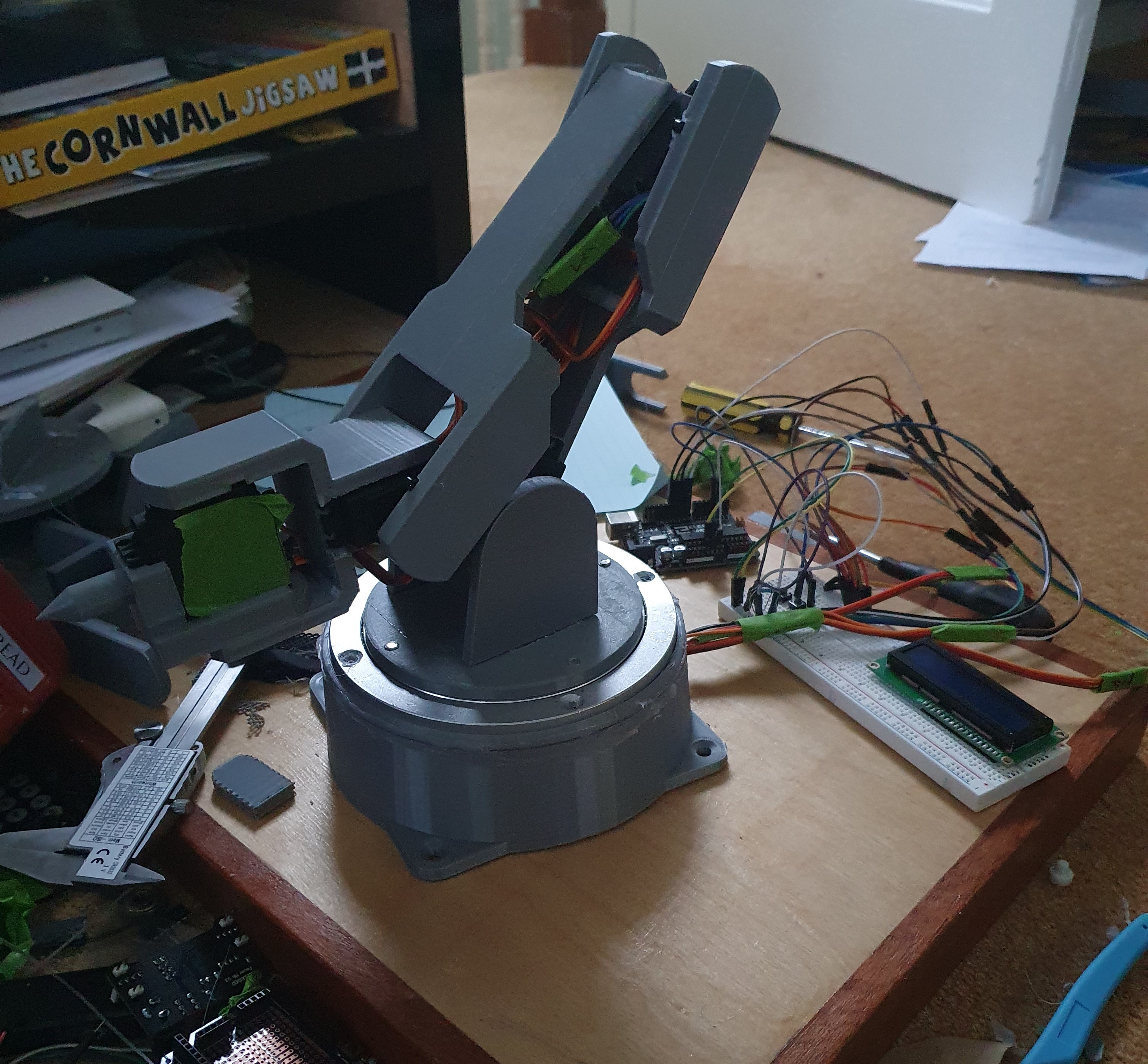
5 Axis Robot powered by servo motors.
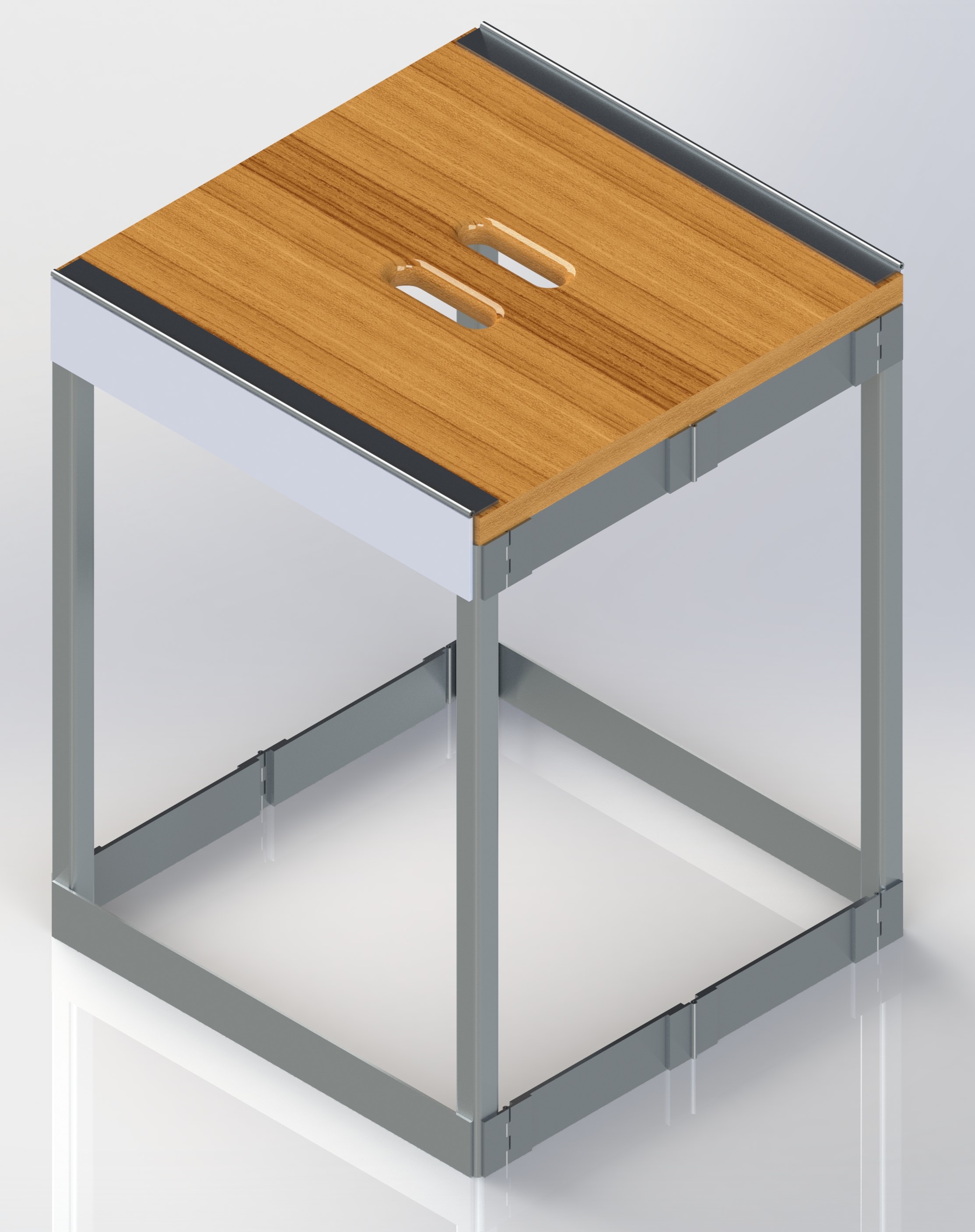
Design and Technology GCSE Coursework Project
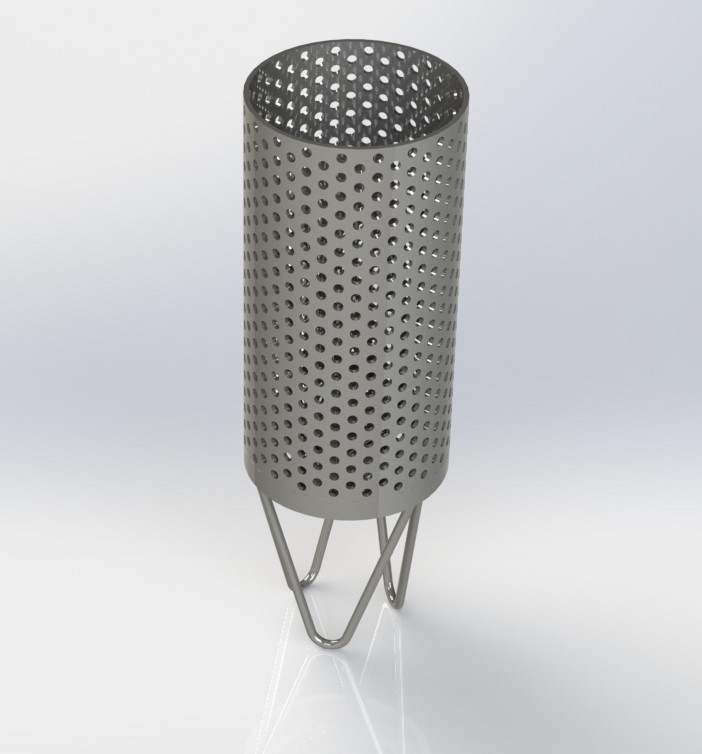
Design and Technology GCSE practice project. The client (my mum) requested a minimalist lamp design to go in our living room